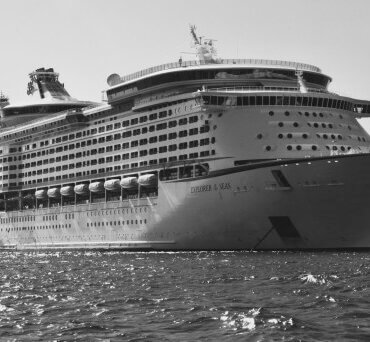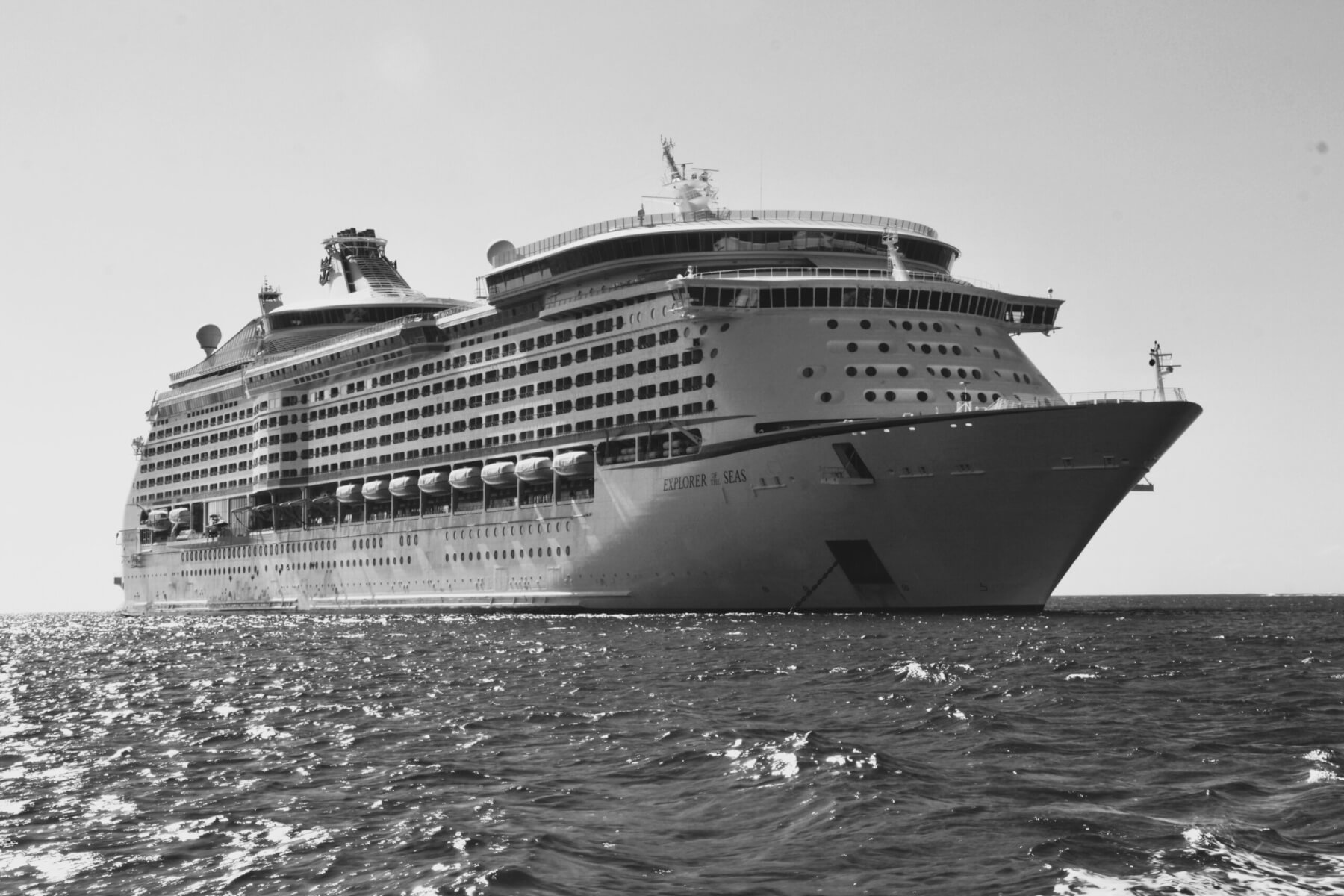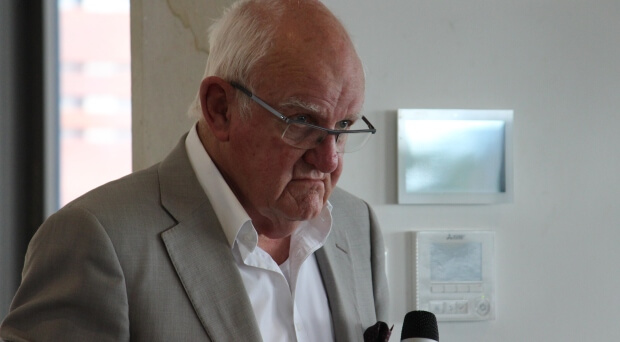
Days at sea
A quiet night. A calm sea. The only sounds disturbing eternal peace are the lapping of the water as the bow pushes aside the warm Pacific Ocean and the ticking of the course change gyro compass as the ship’s head gently sways from side to side of the allotted course.
On the chartroom table – sitting under the orange glow of the eyesight supporting ‘night’ light – sits the chart indicating the gentle bow-shaped curve of the great circle course the navigator has set for this long leg up towards Panama. To the uninitiated a straight line between two far-apart points is much longer than the curve that sees the ship bend southwards towards Antarctica. The fact that the earth is not an exact sphere, but an oblate spheroid, has something to do with it.
The Second Officer – in his dual role as Officer of the Watch (OOW) and navigator – has been plotting the stars and planets that he estimates will be in ideal positions above to be used by the following OOW. Then, at dawn, he will stand, feet braced apart, gently swinging his sextant to bring the heavenly bodies down to the emerging dark horizon shortly to be extinguished by the emergence of the hot Pacific sun. And from angles of three heavenly bodies the position of the ship will be calculated
The OOW switches on the kettle to ensure that his oncoming counterpart will be welcomed at 4am – having been dragged from his warm bed after a relatively short sleep. The dinner the night before – with the passengers on his table – required a crisp white mess jacket adorned with brass buttons and epaulettes on the shoulder indicating his rank. The light starch in his black bow tie-topped dress shirt tucked into his black trousers being kept in place by a smart horizontal cummerbund. It all seems a lifetime away from his pre-dawn stumble onto the bridge to take over the safe overview of the ship for the next four hours.
This was in the days when – 60 years ago – those of us lucky enough to be employed in this maritime paradise were charged with millions of dollars’ worth of care of ships with both passengers and cargo. Where a month-long passage from Auckland to London enabled relaxation for the passengers, good food, the occasional movie, dancing, bingo, card games, deck golf and an aura of total relaxation. Not for them the body-wracking sardine-can cocoon that now graces our options as, squeezed into the 32-inch spaced economy seat, we ache bodily for a period more than 24 hours. Not for them the foil-wrapped glutinous mess that masquerades as an airline dinner. Only for them the chance to dress smartly and enter an ambience of polite social exchanges where owners of large South Island farming stations would rub shoulders with relaxing business leaders and a myriad successful professionals.
For such was how the world travellers moved – whether on the graceful voyage of the first-class passenger ship or the emerging large vessels destined to bring immigrants to these shores as they escaped post-war ravaged Europe. The returning voyage carried 1500 party-mad younger people hell-bent on landing in Earls Court in a grimy, freezing flat that would horrify their mothers. But this was the age of the two-years-long OE – post years of education and with a thirst to see the ‘real’ world.
Yes, we had a great deal of fun. We worked long, arduous hours but played hard, had to ensure we could dance the Gay Gordons (the real one not the Antipodean sham) – and to be ever polite with those passengers eager to ensure that they enjoyed every minute of the journey.
Did I enjoy it? You betcha. It was a superb grounding for management of men, the ambiance of social graces and the satisfaction at the end of the voyage of a job well done.










